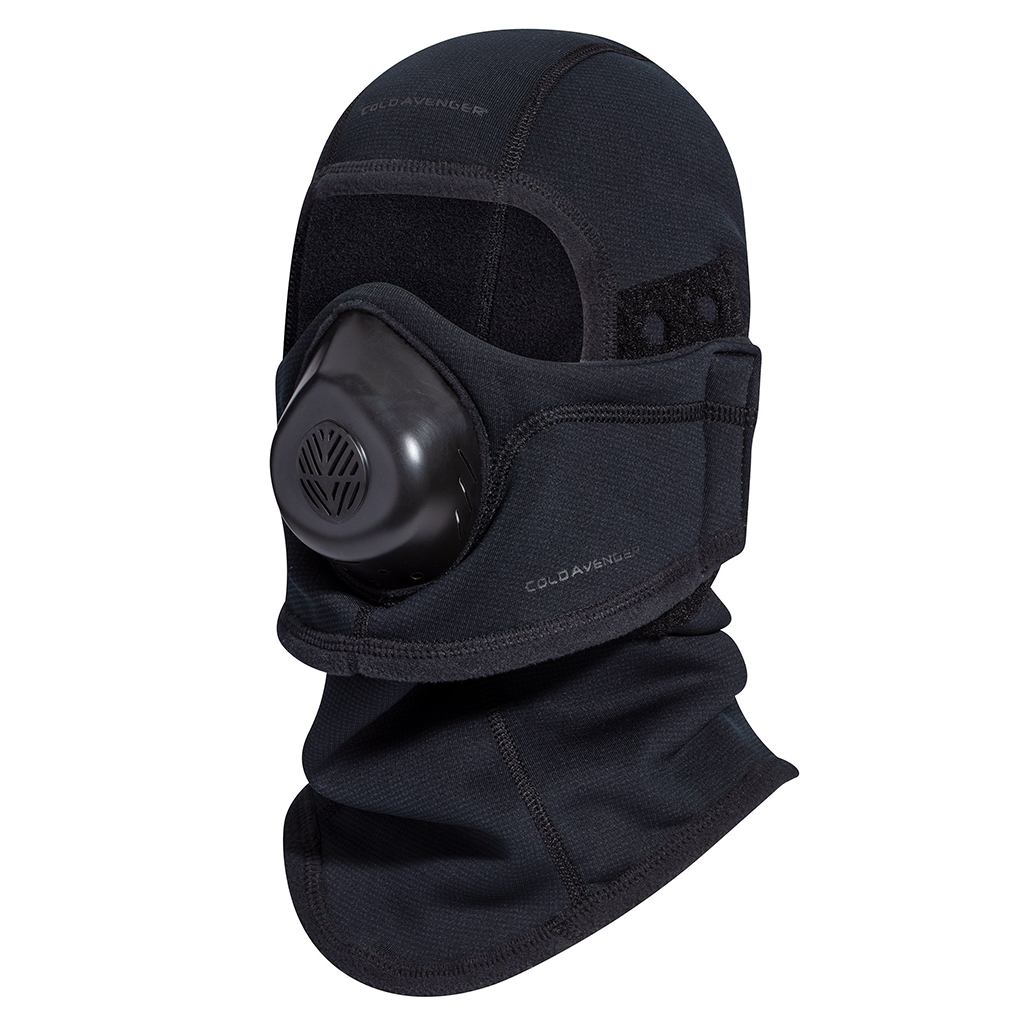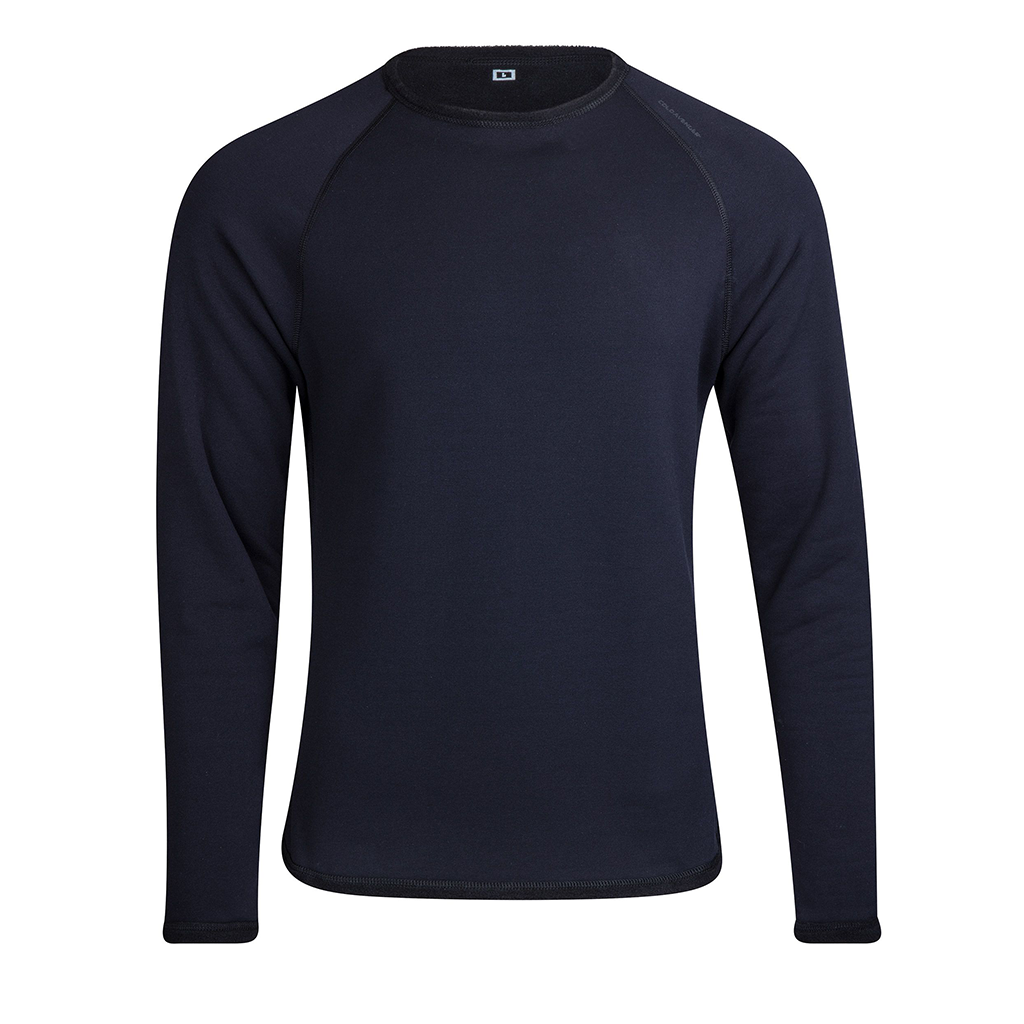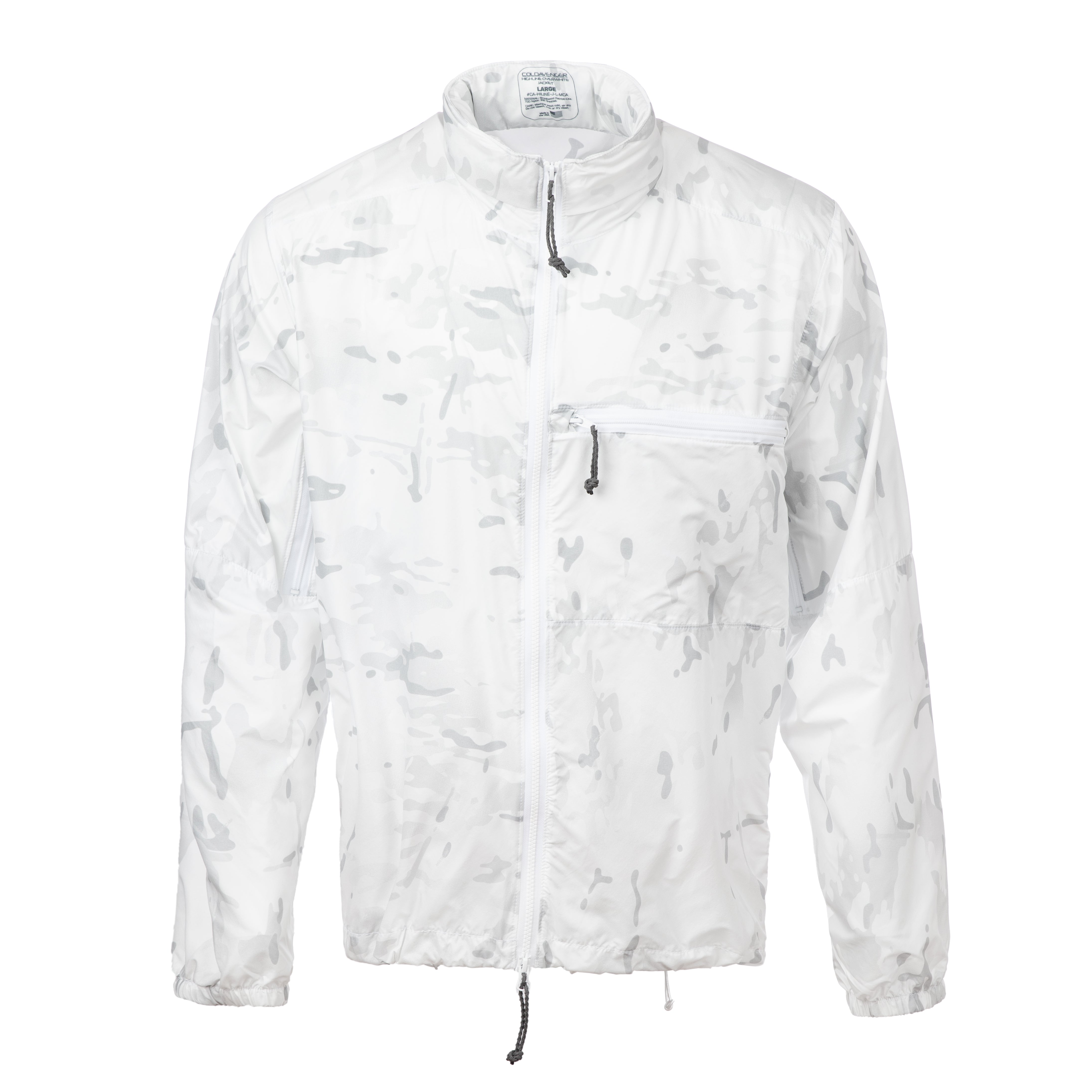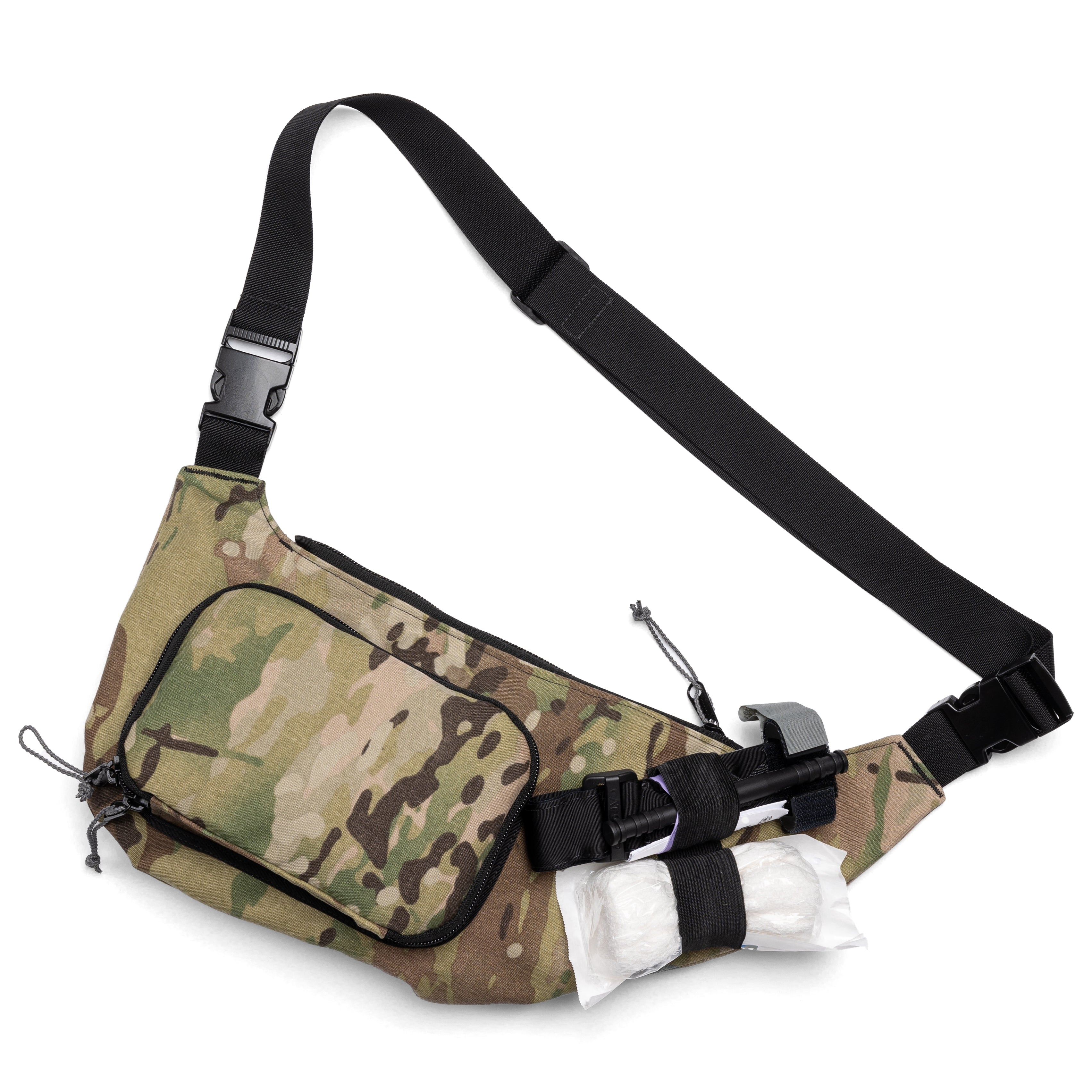To prevent the damaging effects of prolonged exposure to cold air and the loss of body heat from breathing cold air, winter and extreme athletes have begun using modern cold weather face and airway protection designed without a mechanical "heat exchange."
Face and airway protection from cold weather is important for preserving body heat and helping prevent injury to the lungs and upper airways. Protective equipment includes face masks and balaclavas. Some facial coverings use mechanical "heat exchanges" built into the fabric while more modern gear uses a passive technology of mixing cold and warm air with a specially engineered ventilator to achieve a balanced micro-climate of comfort. What’s the difference between these two technologies? While a heat exchange can maintain warmth, they restrict breathing, have odors, cause a claustrophobic feeling, and do not allow for the normal nasal breathing essential to optimum lung oxygen exchange. Heat exchangers are not the optimum choice for cold weather protection and may detract from performance.
With the recent introduction of this modern technology to the workplace, workers have an additional opportunity to protect themselves on the job when temperatures are most extreme. This modern face mask designs will also help workers maintain full lung capacity, which is especially important for individuals with underlying heart or respiratory problems.






